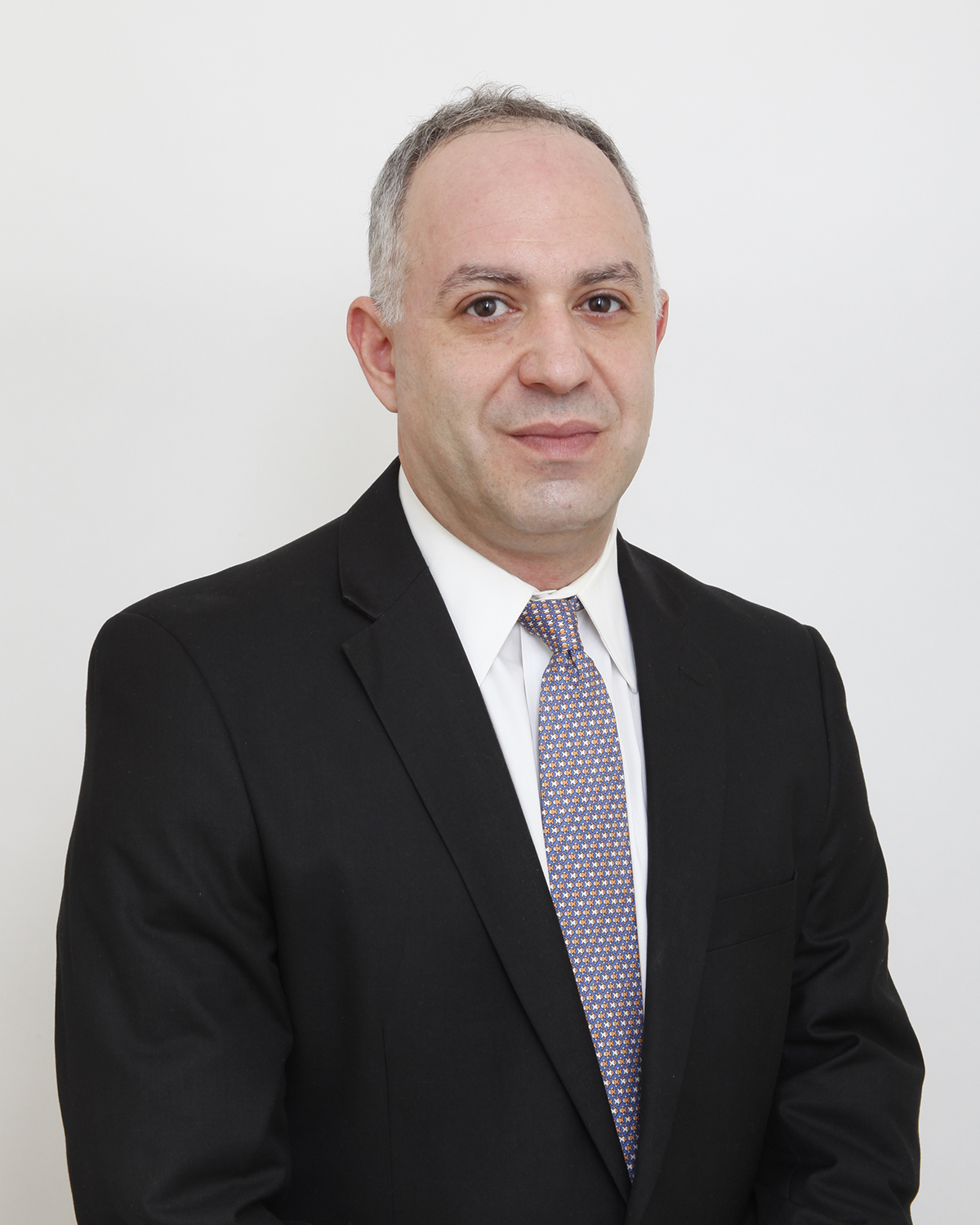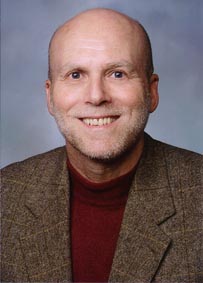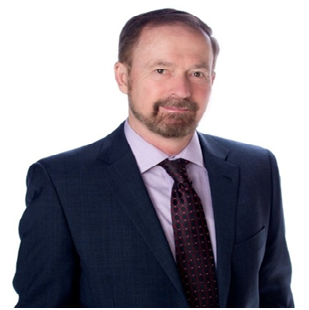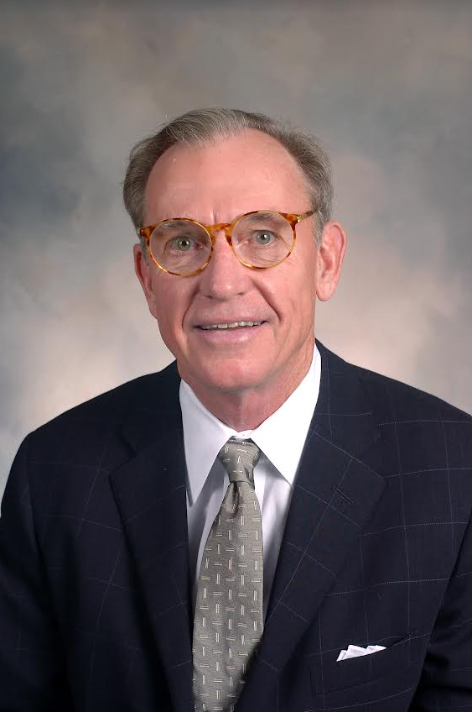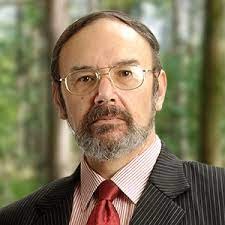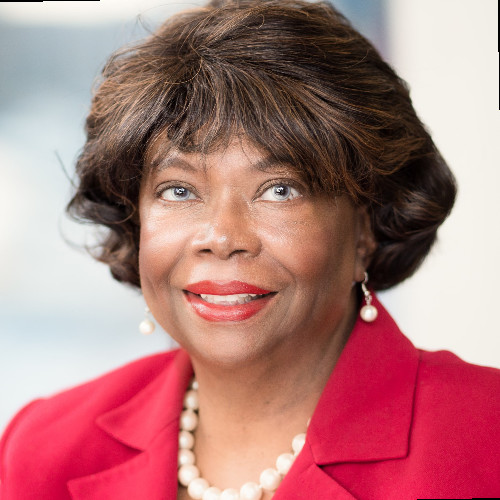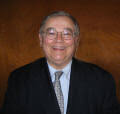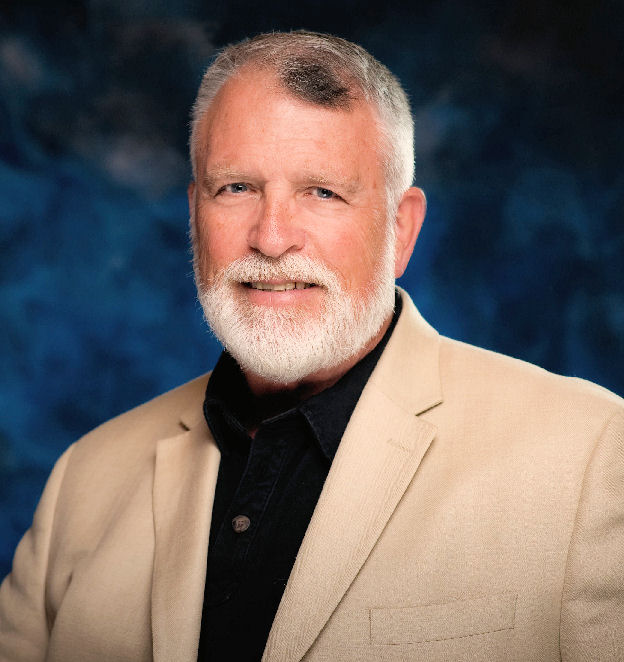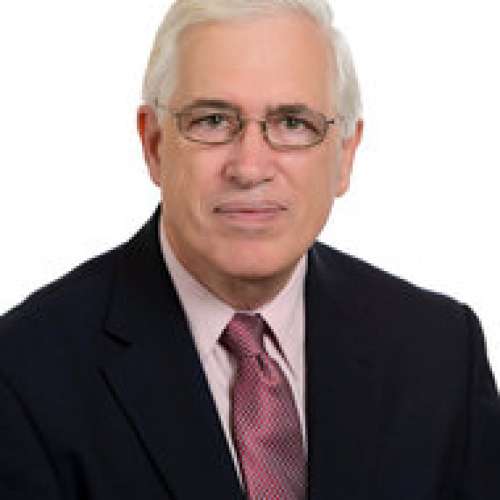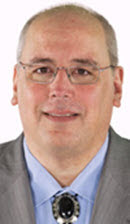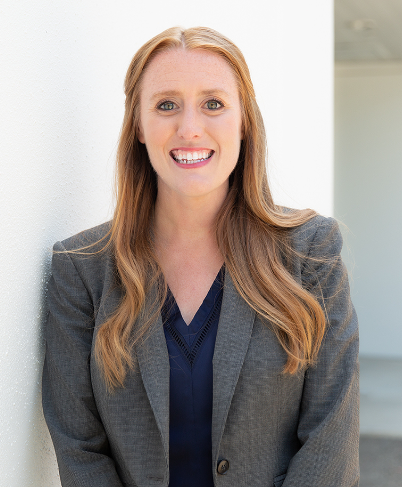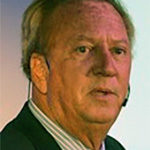Why are we doing this? Intro to the Ishikawa Fishbone Diagram
The TLS Continuum is classified into five stages of inquiry. It begins with defining the problem. Part of that definition is an understanding of the causes and effects of factors within the organization which is creating obstacles to the flow of information and materials through the organization.
The problem is that we have either failed to raise a generation of new employees or we have become engrained so much in the standard way of doing things that we have lost the ability to utilize the skills that lead to critical thinking. The "T" part of the TLS Continuum finds its origins within the principles of Goldratt's Theory of Constraints. It does not ask us to use some fancy statistical data. It does not ask us to use fancy metric diagrams. What it does ask us to do is to use our mental capabilities to contemplate the obstacles that confront every organization in the global workplace.
Critical thinking has been around since almost the beginning of time. The modern definition was created by the National Council for Excellence in Critical Thinking in 1987. It defined critical thinking as an intellectually disciplined process of actively and skillfully conceptualizing, applying, analyzing, synthesizing, and/or evaluating information gathered from, or generated by, observation, experience, reflection, reasoning, or communication.
It is based on a set of universal values, which supersede most subject matter divisions. What this means to our organizations is that we need to encourage our human capital assets to look at the organization as a whole rather than the silo prevalent in many organizations. We need to look at the problems facing us with a new set of eyes centered on the full impact of the problem.
This means that the "this is the way we always have done it" must be replaced with the perspective that we are failing to meet the needs of the Voice of the Customer because we must replace the narrow frame of mind with a much broader view which considers all possible solutions or alternatives to resolving the obstacles. We need to use the mental capacities we were born with to consider the benefits and conflicts to each solution that we see is potentially the solution to the problem.
- 5 Whys
- Ishikawa Fishbone Diagram
- 6 Arms of the Fishbone
- Why are we doing this?
Dr. Mikal Harry, in his book Six Sigma: The Breakthrough Management Strategy Revolutionizing the World's Top Corporations, stated that there are five statements about our process improvement efforts. He started by asserting that we don't know what we don't know. From there, he stated that we can't act on what we don't know. In essence, the next logical point is that we won't know until we search. However, we don't search if we don't ask questions.
These questions require us to critically think about your processes through the use of a series of questions and analyzing the results. The tool we use to visually manage the responses is the Ishikawa Fishbone Diagram.
Over 75 minutes, you will learn how to ask structured questions that identify the causes of the process flow obstacles, and how they affect your customers. It will enable you to clearly identify the potential solutions to these problems, which is the basis of the defined stage of the TLS Continuum. Learn how to clearly present to management the reasons for making the changes to the corporate culture in order to meet the demands of the organizational stakeholders. Learn how to ask critical questions to resolve organizational problems.
- HR Generalist
- HR Supervisor
- HR Manager
- HR Director
- Chief Human Resource Officer
- VP of Human Resources
- Talent Acquisition Professionals
- Talent Acquisition Management
- Chief Financial Officer
- Chief Executive Officer
Daniel T. Bloom SPHR, SSBB, SCRP is a well respected author, speaker and human resource strategist, who during his career has worked with the Fortune 1000, Small to Medium Size Enterprises and State. Local and Federal Government Agencies.. He has been an educator, a contingency executive recruiter, a member of a Fortune 1000 divisional HR staff and the Corporate Relocation Director for several real estate firms in the Tampa Bay area. He is the Founder and Chief Executive Officer of Daniel Bloom and Associates, Inc., a human resource consulting firm dedicated to delivering evidence-based solutions empowering organizational change in the HR community. He is an active member of the HR social media scene since 2006 with contributions to , LinkedIn,Tumbler, Feed burner, HR Toolbox, and the Recruiting Blogs.
He has also published six books—Just Get me There in 2005 which is documented history of the Corporate Relocation Industry, Achieving HR Excellence through Six Sigma published in 2013, the Field Guide to Achieving HR Excellence through Six Sigma in 2016, The Excellent Education System in 2018,Reality, Perception and your Workplace Culture in 2019 and Employee Empowerment: The Prime Component of Sustainable Change Management in 2020. He has also written over 40 articles which have appeared both in print and online on various HR issues.
He is certified as a Senior Professional in Human Resources by the Human Resources Certification Institute and as a Six Sigma Black Belt through the Applied Technology Program at St. Petersburg College.
Dan earned a Bachelors of Arts in Education from Parsons College.
Upcoming Webinars
